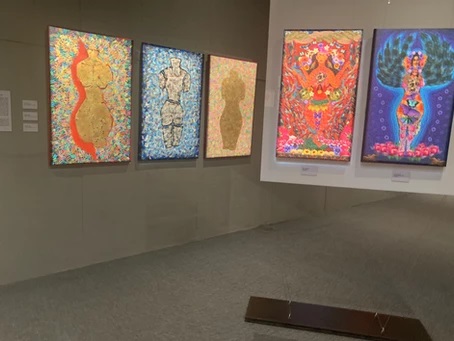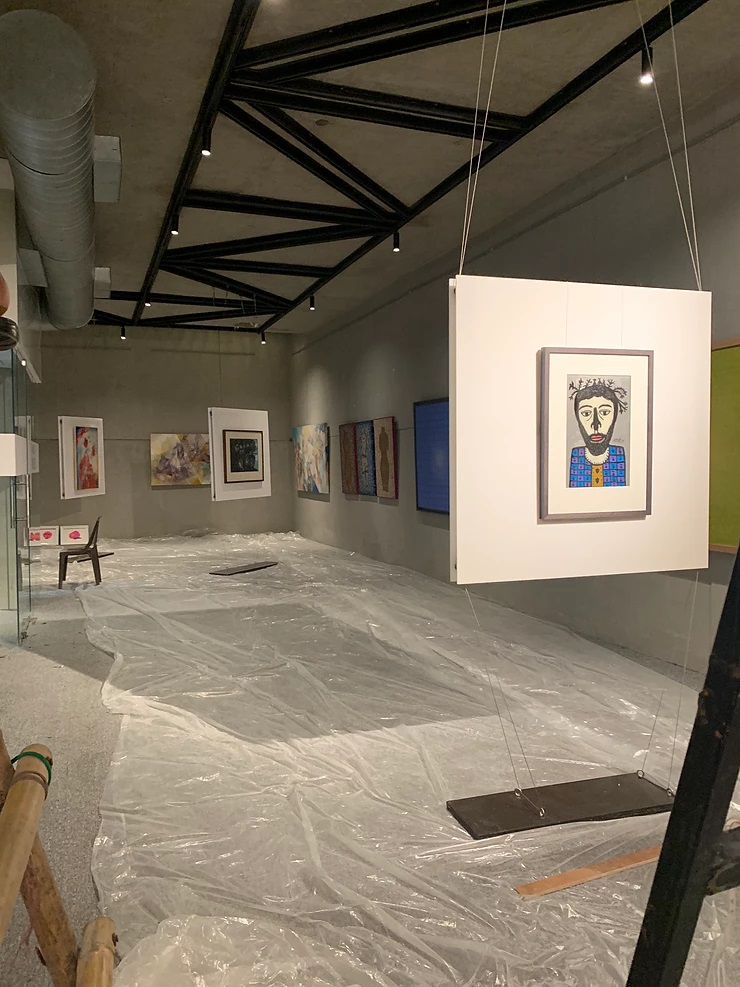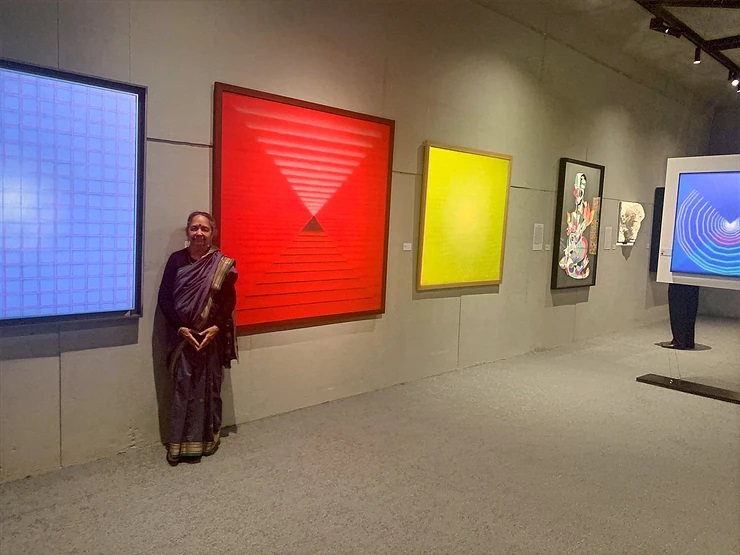Women have been historically and consistently under-represented in the arts, this is not a statement that surprises anyone. However, the just how staggering these discrepancies between men and women in art is what is truly shocking. SaatchiArt recently revealed that only 14% of the living artists represented by galleries today are women.
Elle@centrepompidou in 2010, a decade ago, was curated by Centre Pompidou director Camille Morineau. A group show in the fourth and fifth floors of the Centre Georges-Pompidou that showcased only women artists. Many feel that shows such as this one represent tokenism within the arts. However, I am inclined to disagree. The need for such shows and forms of affirmative action to showcase works by women artists will no longer be necessary once the gap between men and women is drastically reduced. The disparity is an issue of structural inequality. The lack of women in leadership positions trickles down to every aspect of women in the arts. Women’s exhibitions showcase works that have been ignored and marginalised, but have the same potential and skill. After all in terms of formal training 65% of students in art schools are women.
I noted that the improvements in terms of women’s representations in the arts are not adequate (refer above). I want my curatorial voice to be relevant and a reflection of contemporary social narratives. ‘Voices of Women’ was my debut curatorial project and would set the tone for my future endeavours. Using women as a framework was a socially relevant framework and it afforded me a great degree of flexibility. The only common thread in the art was that the artists self identified as women. The styles, mediums, subject matters were diverse. I started the process by selecting artists that I wanted to showcase in the show. I selected artists whose works and careers I had followed and who I felt were pioneers in their mediums. Artists like Anupam Sud who is seen as the first woman artist in India to use printmaking as a medium, a traditionally male dominated medium, and Gogi Saroj Pal known as India’s first ‘feminist artist’ were on the top of my list. With younger artists social media was an initial point of reference, followed by an investigation into the kinds of solo and group exhibitions that they had shown in before, as well as any formal arts training. The next step was to decide on the works. I ensured that each piece represented the personality of the artist, had a socially conscious message but was also commercially attractive. The combination of emerging and established artists was also a deliberate choice. This range translated into a wide range of works in terms of prices, thereby making the show a platform not only for greater representation of artists, but also made art more accessible to buyers with all budgets. During the planning process I received feedback from people that implied this show was too ‘aggressively’ feminist, here the term ‘feminazi’ comes to mind. But with Chimamanda Ngozi Adichi in mind I made it clear that I am a “happy feminist”. This feedback was a learning experience to accept criticism, but to stay true to my artistic vision.




